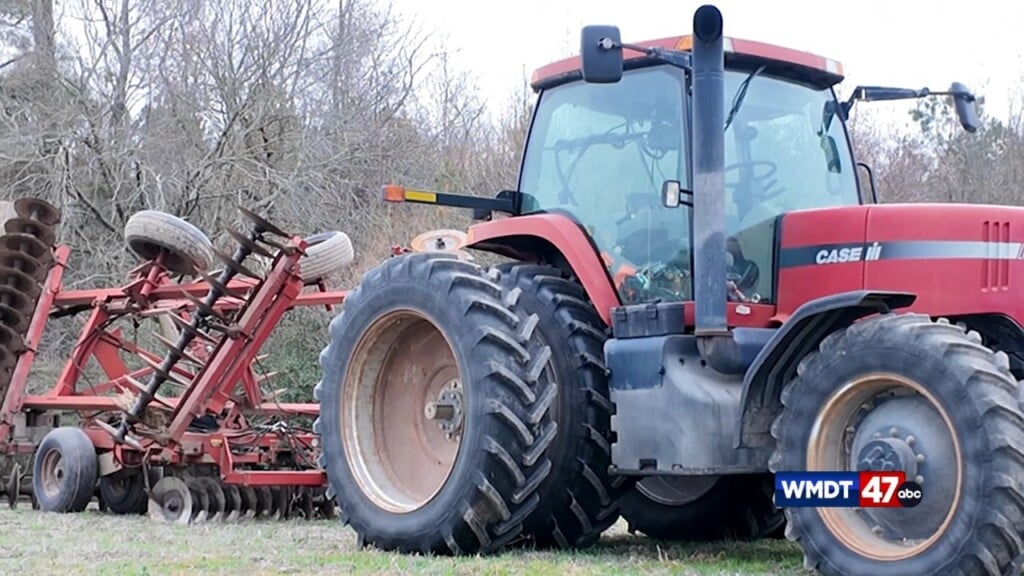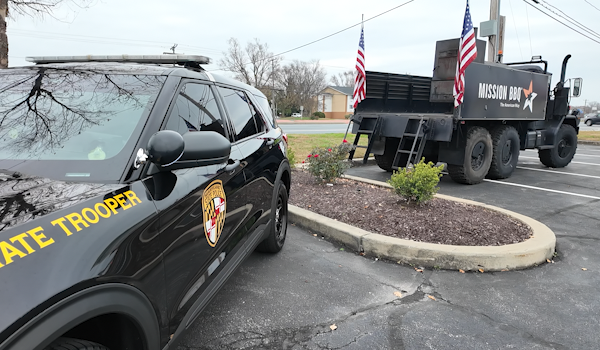Sussex Conservation District Announces New Strides in Coastal Efforts
GEORGETOWN, Del. – The Sussex Conservation District (SCD) has reached a new milestone in its coastal migration planning initiative.
The progress follows a multi-year effort to help landowners respond to the impacts of sea level rise, saltwater intrusion and habitat loss in Delaware’s low-lying tidal areas. The state is considered to be a “sea level rise hot spot,” considering it currently lies only 60 feet above sea level. Projections show an additional rise of 1.6 to 4.9 feet by the year 2100, which could put eight to 11 percent of the state underwater.
These changes in the environment also have economic consequences for the state’s farmers. When saltwater pushes inland, it alters soil chemistry, reduces yields and makes cropland increasingly difficult to manage. In some areas, fields that once grew corn, hay or vegetables are left with bare patches and unusable ground.
With funding provided by the USDA Natural Resources Conservation Service (NRCS), the SCD partnered with the Delaware Center for the Inland Bays to develop a geographic information system mapping tool that identified parcels under six feet in elevation and adjacent to tidal marshes.
As a result of these efforts, more than 60 landowners have expressed interest in protecting over 3,750 acres. To date, over a dozen landowners have received coastal migration conservation plans, totaling more than 1,000 acres. Each conservation plan includes maps, resource assessments and recommended practices tailored to the landowner’s goals and site conditions.
“This has been a years-long collaboration rooted in science, planning and local knowledge,” said Bryan Jones, preservation program manager for the Sussex Conservation District. “With sea levels rising and tidal areas under pressure, we’re proud to offer landowners the tools and support they need to make their properties more resilient.”
Examples of recommended practices include shallow water impoundments, cover crops, forested buffers, irrigation water management, and control of invasive species. The SCD is working with local, state and federal partners to help landowners access technical assistance and financial support.
To learn more, or to request a conservation plan, contact Bryan Jones at bryan.jones@de.nacdnet.net or call (302)259-7459.



